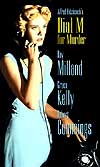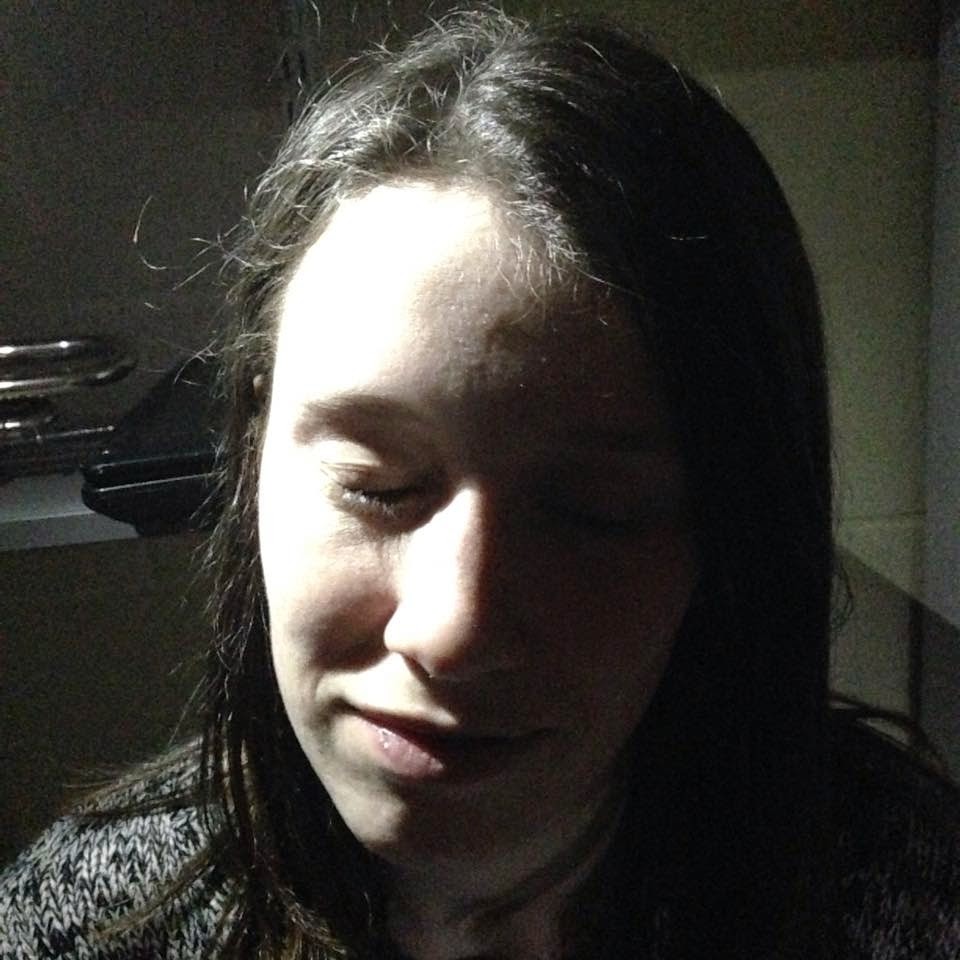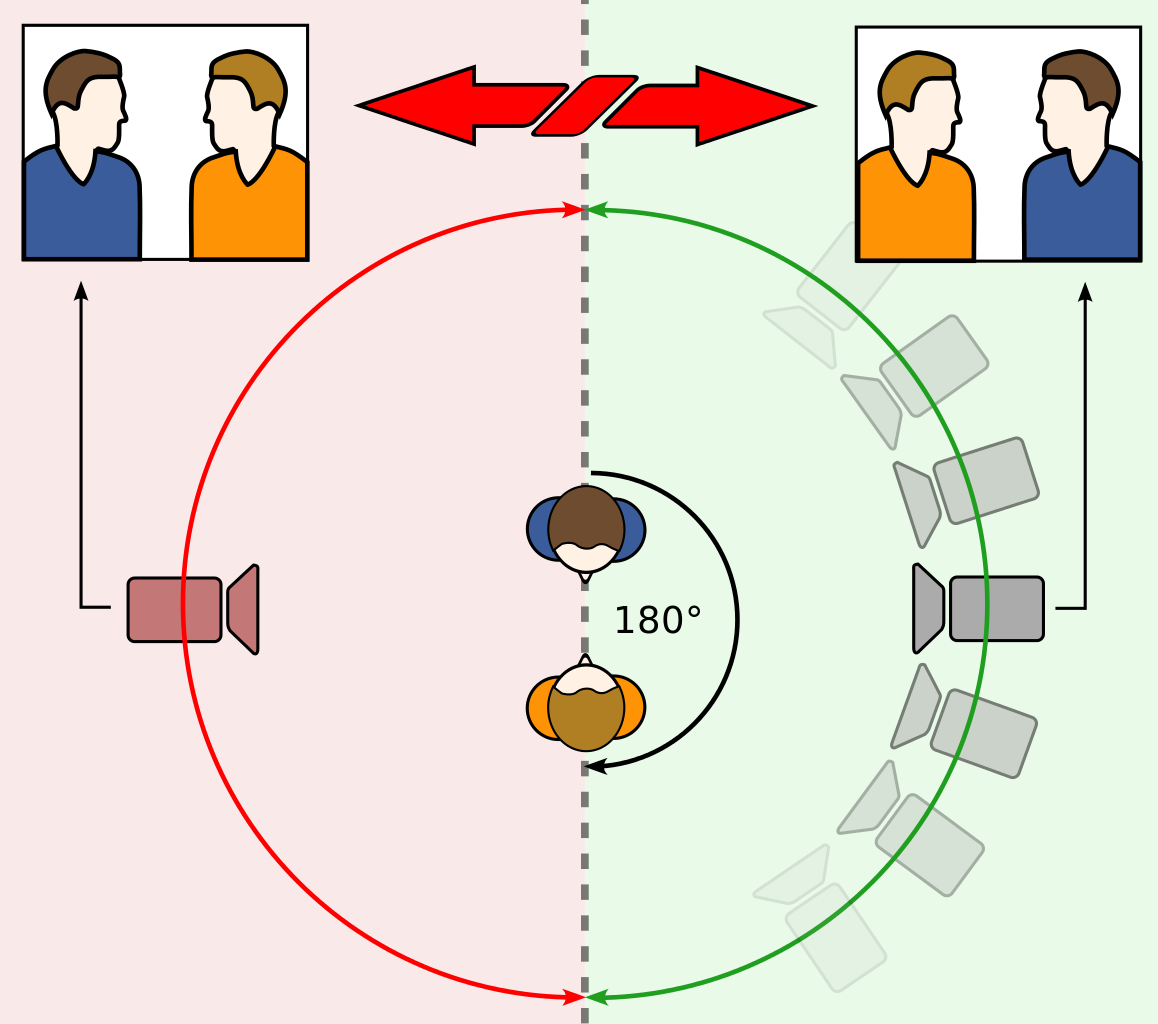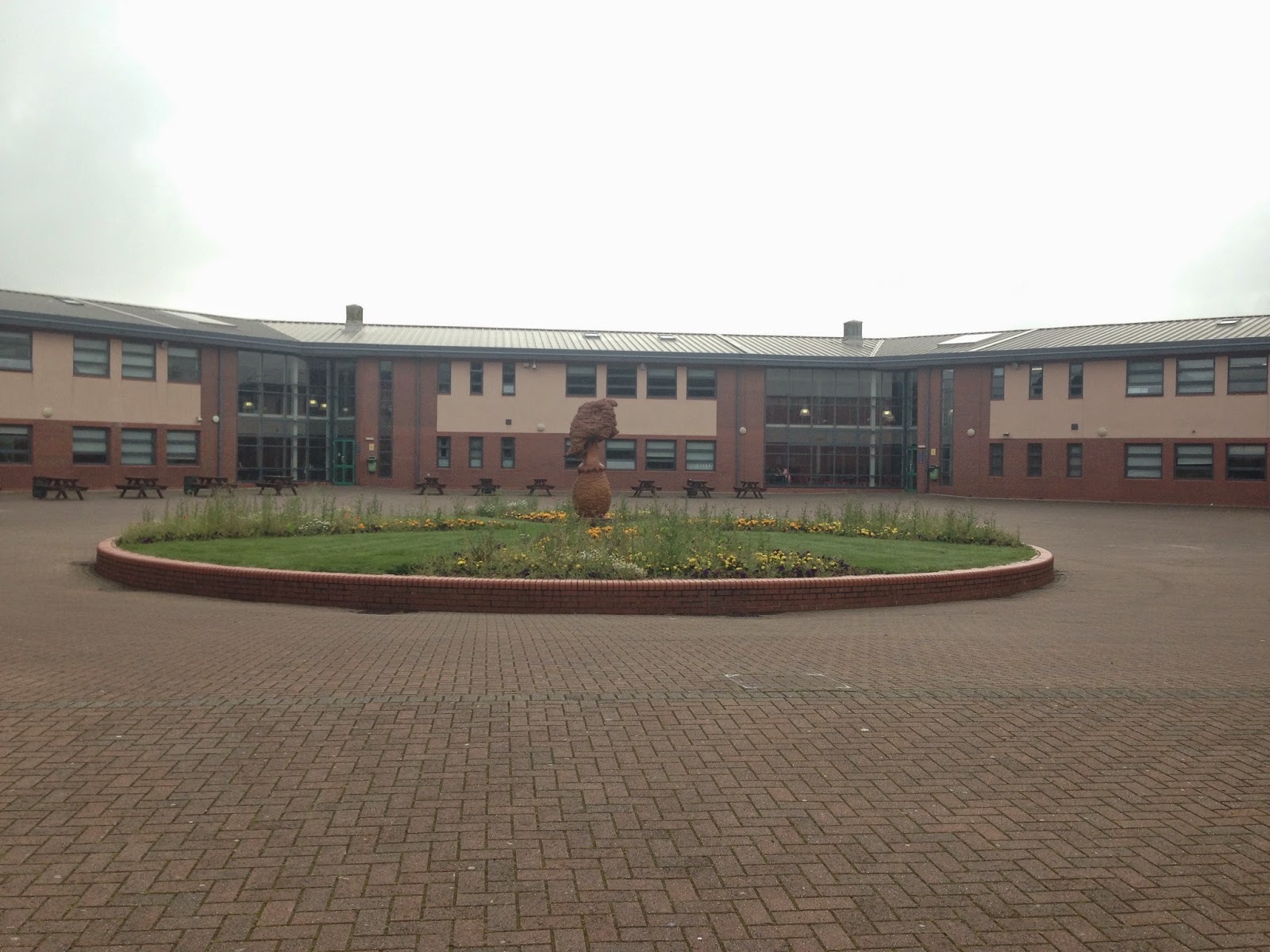
Alfred Hitchcock, the English film-maker/director has helped to shape the modern-day thriller genre. One of his earliest films was the silent film, The Lodger (1927), was a suspenseful Jack the Ripper story. This was followed by his next thriller Blackmail (1929) which was his first sound film. Hitchcock makes a signature cameo appearance in every film after 1940, except The Wrong Man (1956). Although he was nominated five times as Best Director between 1940 and 1960, Hitchcock never won an Academy Award.
Alfred Hitchcock is considered the acknowledged
auteur (theory that a director's film reflects the director's personal creative vision) master of thriller and suspense. He manipulates the audience's fears and desires. He often wove taboo or sexually-related themes into his films, such as the repressed memories of Marnie in Marnie (1964) and the homosexuality in Strangers on a Train (1951).
In many of his films, there was a life and death chase ending with a 'showdown' at a famous/familiar landmark, e.g. London's Albert Hall in The Man Who Knew Too Much (1956). He also uses tight and confined spaces or restrictive train journeys to heighten emotions i.e. The Lady Vanishes (1937).
Hitchcock often used 'red herrings' (also called McGuffin) within his films to catch the viewers attention. This misdirects the audience and keeps their attention on the film. Some McGuffin's used by Hitchcock include:
- The Lady Vanishes (1938) - the coded music contained in a piece of music
- Strangers on a Train (1951) - Guy's cigarette lighter
- The Birds (1963) - the cause of the strange bird attacks

Hitchcock explores the darker side of human nature through situations, including sexuality, guilt, punishment, paranoia and obsession. He normally would let the viewer know that some horrible event would happen creating unbearable suspense while viewers waited for the inevitable.
After the classic films of the 1950s, his films were wildly uneven. He produced Psycho in 1960 and The Birds in 1963. Both of which became very successful quickly.


































